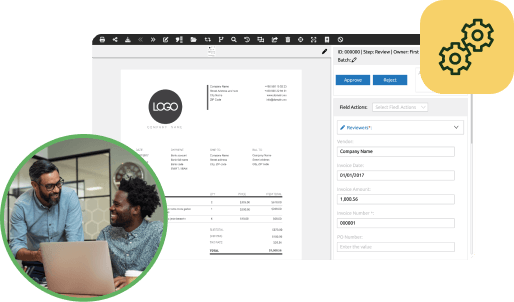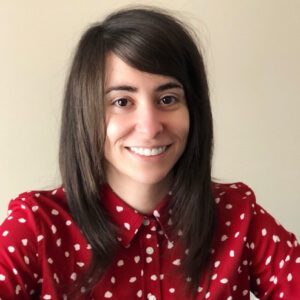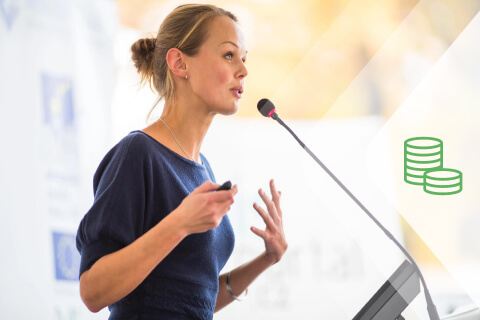Decades ago, businesses struggled with manual text entry and processing, leading to inefficiencies and errors. Today, OCR technology has revolutionized this process, thanks to continuous advancements. PairSoft has leveraged these innovations to enhance its platform, improving business operations. Explore the fascinating journey of OCR technology in our new article.
The Early Beginnings of OCR
The story of OCR begins in the early 20th century. In 1914, Emanuel Goldberg developed a machine capable of reading characters and converting them into standard telegraph code. Around the same time, Edmund Fournier d’Albe created the Optophone, a handheld scanner that produced tones corresponding to specific letters when moved across a printed page. These inventions laid the groundwork for the development of modern OCR technology.
Advances in the 20th Century
Fast forward to the 1920s and 1930s, Emanuel Goldberg’s innovations continued with the creation of the “Statistical Machine” for searching microfilm archives using an optical code recognition system. This invention secured him US Patent number 1,838,389, which IBM later acquired.
One of the most notable milestones in OCR history came in 1974 when Ray Kurzweil founded Kurzweil Computer Products, Inc. Kurzweil’s development of omni-font OCR, capable of recognizing text in virtually any font, revolutionized the field. This technology was initially used to create reading machines for the blind, combining a CCD-type flatbed scanner with a text-to-speech synthesizer.
The Commercialization of OCR
In 1978, Kurzweil Computer Products began selling a commercial version of the OCR computer program. Early adopters like LexisNexis used this technology to digitize legal and news documents, paving the way for the widespread use of OCR in various industries. By 1980, Kurzweil’s company was acquired by Xerox, which eventually spun it off as Scansoft. Scansoft later merged with Nuance Communications, continuing the legacy of innovation in OCR technology.
OCR in the Digital Age
The 2000s saw OCR technology evolve rapidly with the advent of the internet and mobile devices. OCR became available as a service in cloud computing environments and mobile applications, enabling real-time translation and text extraction using smartphones and smart glasses. Modern OCR systems now support a variety of writing systems and languages, making it a versatile tool for global applications.
Applications of OCR Today
Today, OCR technology is used in numerous applications, including:
- Data Entry for Business Documents: Automating the input of information from checks, passports, invoices, and receipts.
- Automatic Number-Plate Recognition: Enhancing security and traffic management systems.
- Assistive Technology: Providing tools for the blind and visually impaired to access printed text.
- Digital Libraries: Converting printed books and documents into searchable digital formats for initiatives like Google Books and Project Gutenberg.
Looking Ahead: The Future of OCR
As we look to the future, OCR technology continues to advance with improvements in accuracy and functionality. Integration with artificial intelligence and machine learning allows for more sophisticated text recognition and processing capabilities. Businesses and individuals alike benefit from the efficiency and precision that modern OCR technology offers.
From its early beginnings to the advanced capabilities we see today, OCR technology has come a long way. PairSoft has continuously led the charge in leveraging these innovations to deliver unparalleled efficiency and accuracy in data processing. Discover how PairSoft’s OCR technology can transform your financial operations in our comprehensive article.






